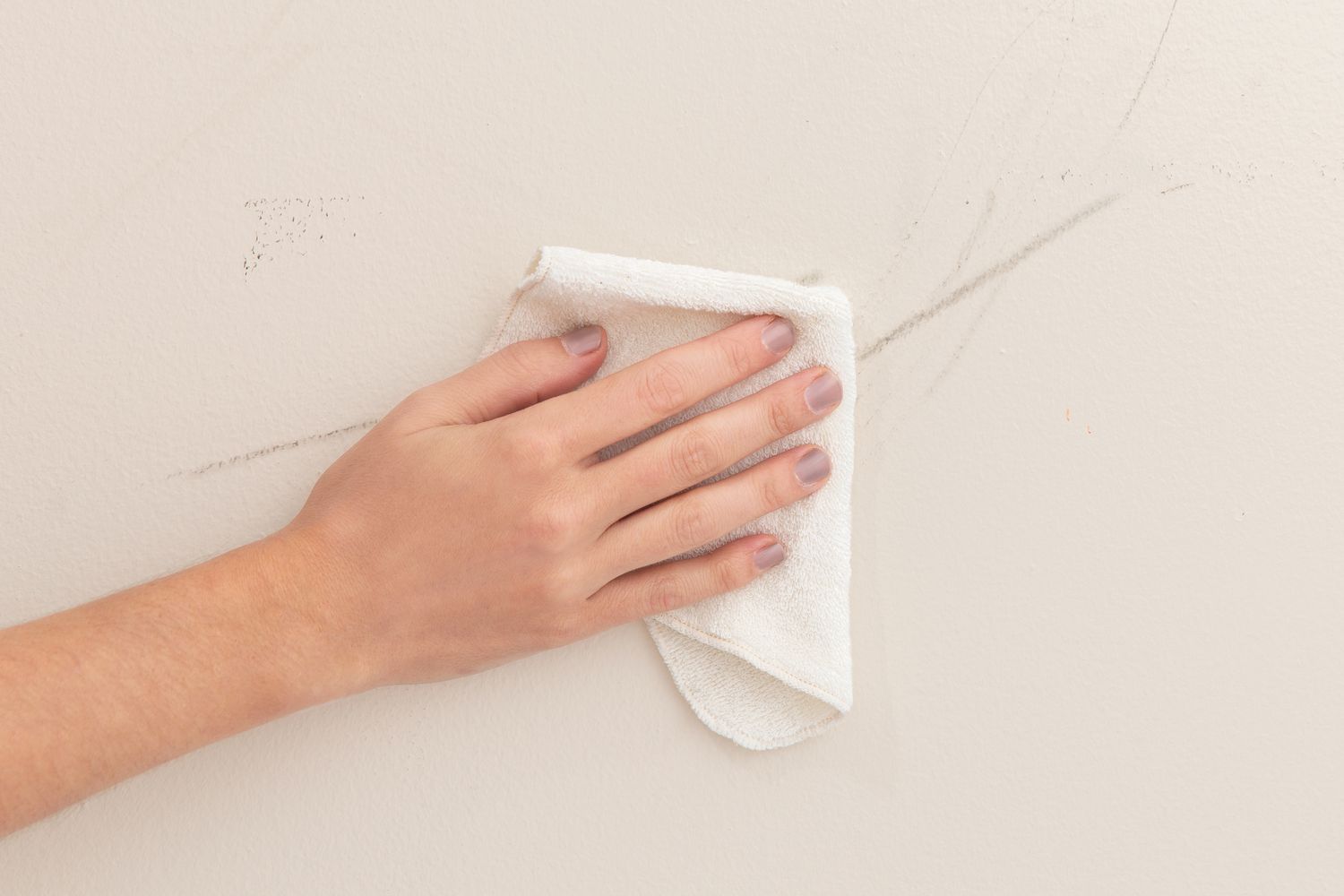Understanding Normal Wear and Tear in Montgomery County, Maryland Rental Properties
As a tenant in Montgomery County, Maryland, it’s essential to understand what constitutes "normal wear and tear" in a rental property. Knowing the difference between standard wear and tear and actual damage can help avoid misunderstandings with your landlord and ensure a smooth end-of-lease experience.
What Is Normal Wear and Tear?
Normal wear and tear refers to the natural, gradual deterioration of a property due to everyday use. Over time, even the most well-cared-for home will show signs of aging, and landlords typically expect some minor wear by the end of a lease. Maryland law allows landlords to use a portion of the security deposit for property damage beyond normal wear and tear, but they cannot withhold it for expected, gradual wear that results from routine living.
Examples of Normal Wear and Tear
Faded Paint and Minor Scuffs: Over time, paint on walls may fade, and minor scuffs on walls and baseboards are generally considered normal wear.
Worn Carpet and Flooring: Foot traffic will naturally wear down carpets and flooring. This includes faded carpet, worn patches, and minor scratches on hardwood floors. However, large stains, rips, or burns would be considered damage and could be deducted from a security deposit.
Loose or Worn Fixtures: Small issues such as loose door handles, cabinet hinges, or faucets that show wear are normal, especially after years of use.
Appliance Wear: Everyday use will wear down appliances over time. Minor scratches or slightly faded finishes on stoves, refrigerators, or dishwashers are expected. However, damage from neglect, like broken shelves, missing knobs, or interior burn marks, is not considered normal.
Sun-Faded Curtains or Blinds: Exposure to sunlight can cause fading or discoloration in curtains and blinds over time. As long as there are no tears, large stains, or broken slats, minor fading from sunlight is typically considered normal.
What Is Not Considered Normal Wear and Tear?
While landlords expect some wear, certain damages exceed normal use and can result in deductions from a security deposit:
Significant Wall Damage: Large holes, excessive nail marks, or wall gouges go beyond minor scuffing and are usually considered damage.
Stained or Damaged Carpeting: Pet stains, burn marks, large spills, and tears are not part of regular wear. These types of damage are avoidable and may lead to deductions.
Broken or Missing Fixtures: Damage to cabinets, doors, or other fixtures that are broken, missing, or significantly damaged may result in charges to the tenant.
Neglected Appliance Care: If an appliance is returned in poor condition due to neglect, such as a buildup of grime, or broken parts due to misuse, the tenant may be responsible.
Tips for Tenants
To avoid misunderstandings, it’s always a good idea to document the property’s condition when moving in and out. Take photos or videos of the space and report any pre-existing issues to your landlord. Regular cleaning and minor maintenance can also help keep your unit in good shape, ensuring that any wear remains within the "normal" range.


